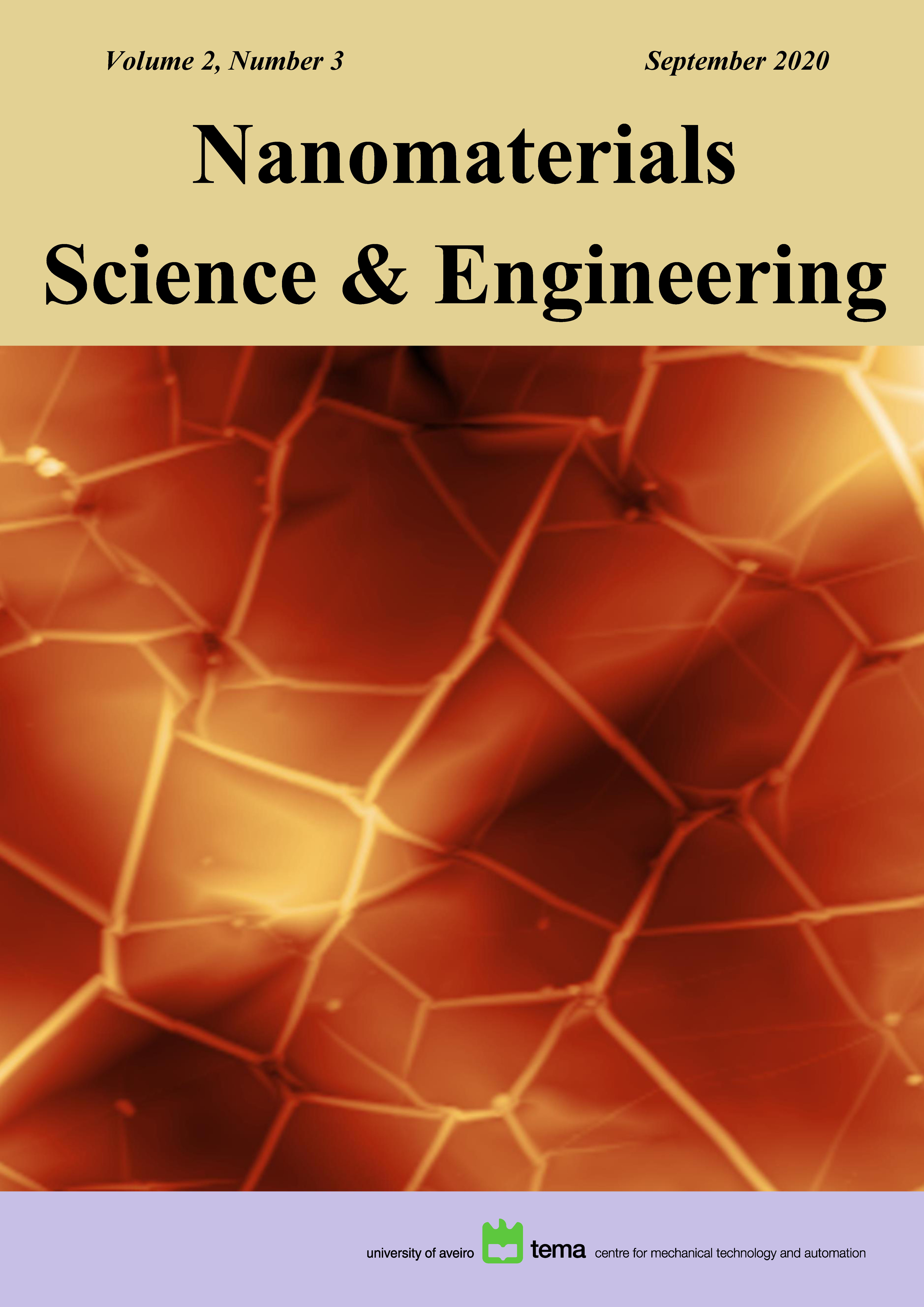Comparison between the performances of different boring bars in the internal turning of long overhangs
Abstract
Impact dampers are mainly used in the metal-mechanical industry in operations that generate too much vibration in the machining system. Internal turning processes become unstable during the machining of deep holes, in which the tool holder is used with long overhangs (high length-todiameter ratios). The devices coupled with active dampers, are expensive and require the use of advanced electronics. On the other hand, passive impact dampers (PID – Particle Impact Dampers) are cheaper alternatives that are easier to adapt to the machine’s fixation system, once that in this last case, a cavity filled with particles is simply added to the structure of the tool holder. The cavity dimensions and the diameter of the spheres are pre-determined. Thus, when passive dampers are employed during the machining process, the vibration is transferred from the tip of the tool to the structure of the boring bar, where it is absorbed by the fixation system. This work proposes to compare the behaviors of a conventional solid boring bar and of a boring bar with a passive impact damper in turning while using the highest possible L/D (length-to-diameter ratio) of the tool and an Easy Fix fixation system (also called: Split Bushing Holding System). It is also intended to optimize the impact absorption parameters, as the filling percentage of the cavity and the diameter of the spheres. The test specimens were made of hardened material and machined in a Computer Numerical Control (CNC) lathe. The laboratory tests showed that when the cavity of the boring bar is totally filled with minimally spaced spheres of the largest diameter, the gain in absorption allowed of obtaining, with an L/D equal to 6, the same surface roughness obtained when using the solid boring bar with an L/D equal to 3.4. The use of the passive particle impact damper resulted in, therefore, increased static stiffness and reduced deflexion of the tool.
Copyright (c) 2020 Nanomaterials Science & Engineering

This work is licensed under a Creative Commons Attribution-NonCommercial 4.0 International License.
Copyright Information
Authors who publish in the Nanomaterials Science & Engineering agree to the following terms:
- Authors retain copyright and grant the journal right of first publication with the work simultaneously licensed under a Creative Commons Attribution License that allows others to share the work with an acknowledgement of the work's authorship and initial publication in this journal.
- Authors are able to enter into separate, additional contractual arrangements for the non-exclusive distribution of the journal's published version of the work (e.g., post it to an institutional repository or publish it in a book), with an acknowledgement of its initial publication in this journal.
- Authors are permitted and encouraged to post their work online (e.g., in institutional repositories or on their website) after publication, as it can lead to productive exchanges, as well as earlier and greater citation of published work.
Copyrights to illustrations published in the journal remain with their current copyright holders.
It is the author's responsibility to obtain permission to quote from copyright sources.
Any fees required to obtain illustrations or to secure copyright permissions are the responsibility of authors.





